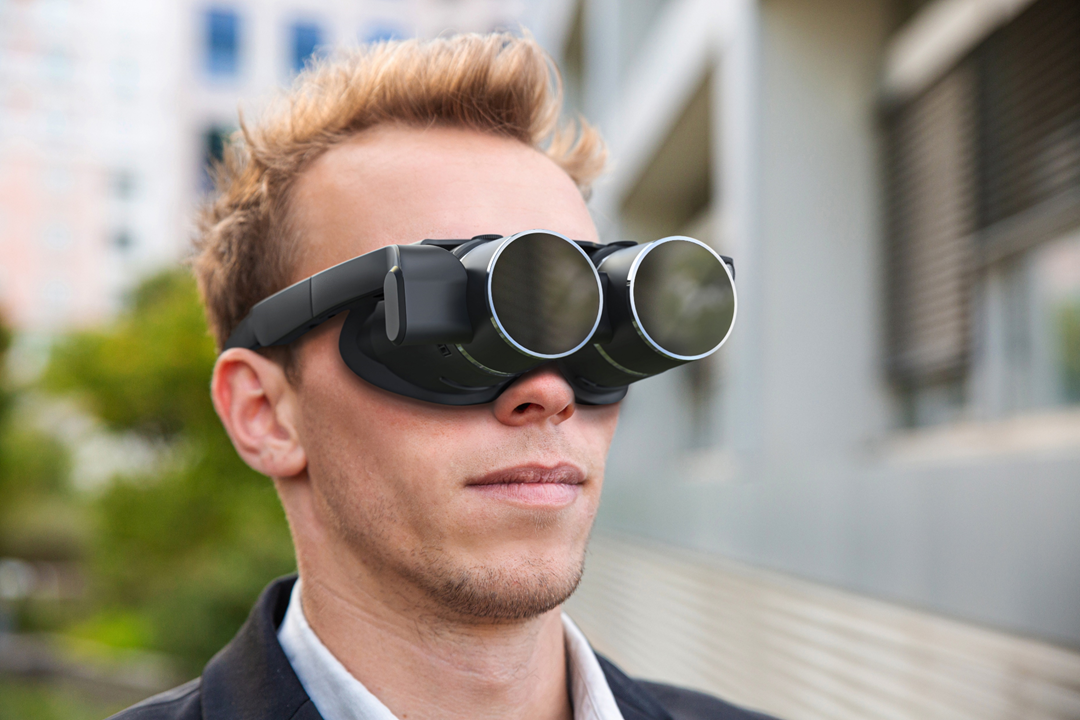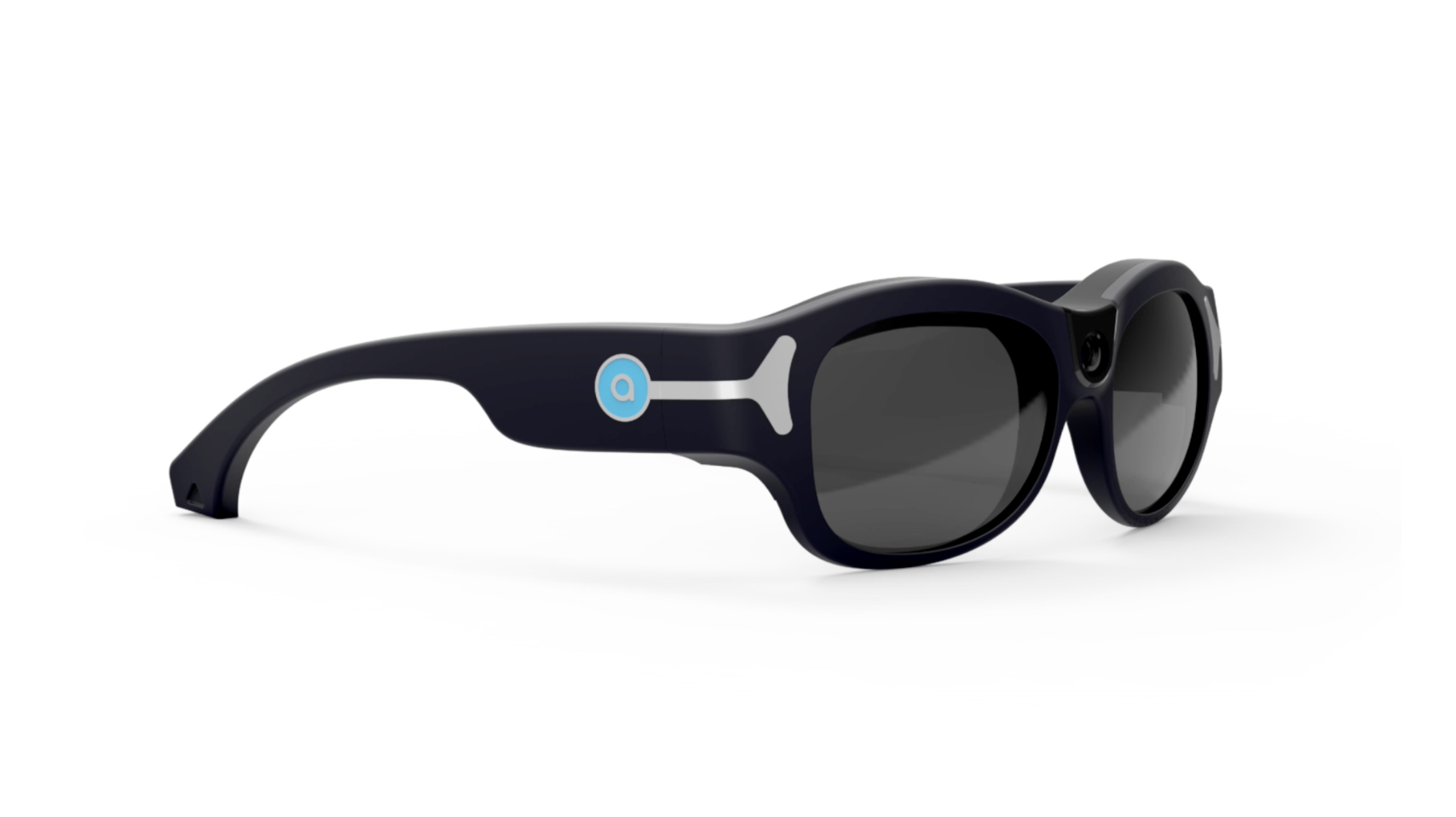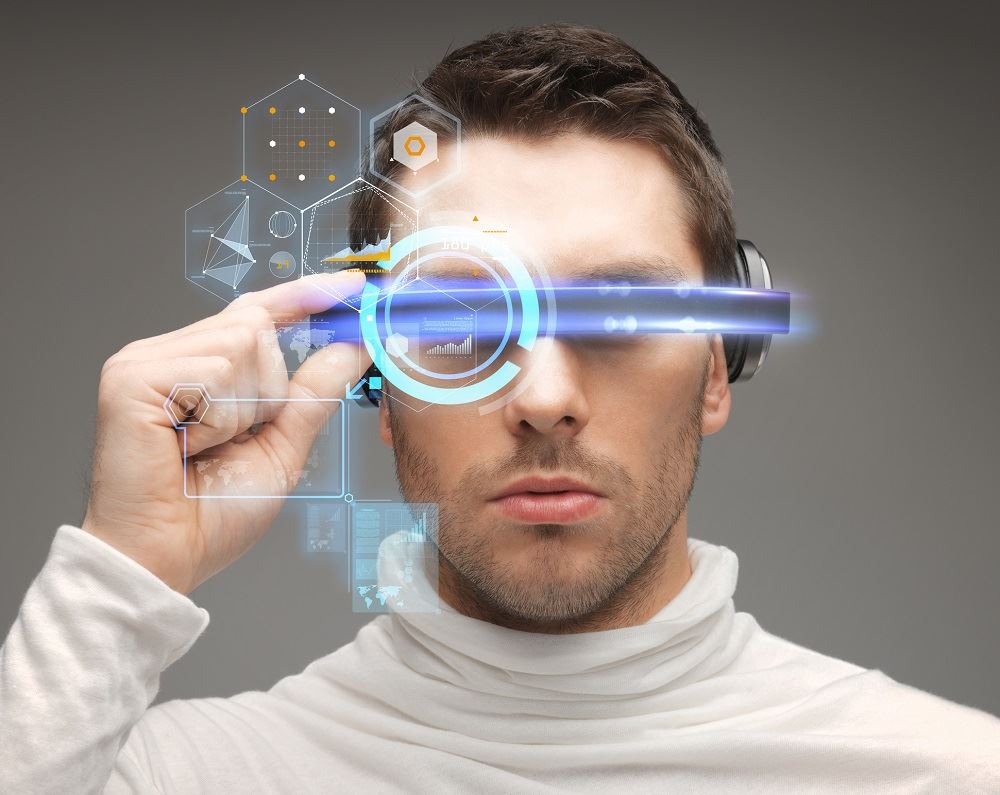Discover Advanced Assistive Gadgets for Individuals With Aesthetic Disabilities
The landscape of assistive innovation for individuals with aesthetic impairments is progressing rapidly, providing a range of cutting-edge devices that boost freedom and interaction. From clever glasses that seamlessly merge visual input with auditory assistance to advanced navigation applications that redefine spatial recognition, these devices are improving possibilities.
Smart Glasses Innovations
Smart glasses represent a significant advancement in assistive technology for individuals with aesthetic disabilities. These innovative gadgets incorporate different features designed to boost the user's communication with their atmosphere. Geared up with electronic cameras and sensors, wise glasses can capture real-time visual details, which is then processed and communicated to the user through sound comments or haptic experiences. This capability enables people to obtain instant summaries of their surroundings, boosting their ability to engage and navigate with the globe.
Moreover, innovations in artificial intelligence have actually further improved the capacities of smart glasses. Maker knowing algorithms can recognize faces, read message, and determine things, making them invaluable tools for everyday tasks. Individuals can receive auditory cues that supply context regarding their setting, cultivating freedom and self-confidence.
Additionally, the ergonomic style and light-weight nature of several clever glasses make them suitable for extended use, making sure convenience while enhancing functionality. As these devices remain to develop, they hold the prospective to transform the method individuals with visual disabilities experience their day-to-days live, bridging the void in between availability and modern technology. The ongoing research study and development in this area promise to expand the possibilities for wise glasses, making them an essential component of modern assistive devices.
Navigation Apps and Equipment
Many navigation applications and tools have arised as crucial sources for people with visual problems, dramatically enhancing their capability to go across strange settings. These innovations leverage general practitioner functionality, audio signs, and real-time information to give individuals with exact navigation help.
One prominent example is the Aira app, which links users to trained representatives who can provide aesthetic descriptions of environments and navigation advice with a real-time video feed. This solution improves the individual's spatial recognition and confidence while browsing. An additional remarkable tool is Seeing Eye GPS, which uses voice-guided navigation and factors of interest, making it possible for individuals to accessibility vital info about their environments.

As innovation remains to breakthrough, the development of more sophisticated navigation tools guarantees to further equip individuals with visual disabilities, helping with smooth movement and combination into diverse atmospheres. Such technologies are instrumental in promoting a more inclusive culture.
Braille Technology Innovations
In the last few years, advancements in Braille innovation have actually considerably transformed how people with visual disabilities accessibility details and engage with the globe around them. The development of portable Braille screens has transformed reading by permitting users to attach wirelessly to computer systems, tablet computers, and smart devices. These devices convert text into Braille in real-time, enabling smooth interaction with digital web content.
Furthermore, ingenious Braille printers have arised, enhancing the manufacturing of tactile materials. Modern embossers are quicker and more reliable, enabling the fast creation of Braille files and academic products. This effectiveness decreases the time and price related to producing Braille sources, making them more obtainable to institutions and organizations.
Furthermore, the assimilation of Braille with various other technologies, such as expert system and artificial intelligence, has opened brand-new opportunities for customized learning experiences. Voice acknowledgment and synthesis innovations can match Braille, providing a comprehensive technique to info dissemination.
As the need for comprehensive education and learning and workplace environments expands, these technological advancements play an important function in empowering people with aesthetic disabilities, ensuring they have equal accessibility to information and chances in numerous facets of life.
Wearable Gadgets for Freedom
An expanding selection of wearable tools is boosting independence for individuals with aesthetic disabilities, using innovative remedies that boost navigating and daily living. Braille displays and notetakers. These tools use advanced modern technologies to provide real-time comments and assistance, promoting freedom in various atmospheres

Wearable modern technology likewise consists of smartwatches that can be configured with ease of access attributes, making it possible for users to receive notifications, track their places, and even require support with the touch of a button. Moreover, some tools incorporate synthetic knowledge to evaluate the environment, offering audio summaries of nearby items or people.
Voice-Activated Assistive Solutions
Leveraging voice-activated assistive remedies has transformed the landscape of support for individuals with aesthetic problems, giving hands-free communication and access to a selection of tasks. These technologies utilize all-natural language handling and expert system to allow customers to carry out everyday activities with simple voice commands.

Furthermore, recent improvements in voice acknowledgment precision have boosted the customer experience considerably, accommodating diverse accents and speech patterns. This inclusivity makes sure that even more individuals can take advantage of these technologies, cultivating a better feeling of freedom.
Verdict
Finally, the advancement of advanced assistive tools dramatically click over here now improves the freedom and lifestyle for people with aesthetic disabilities. Advancements such as smart glasses, navigating applications, Braille innovation, wearable gadgets, and voice-activated services collectively foster a more inclusive setting. These modern technologies empower users to browse Go Here their environments with self-confidence and engage more fully with the globe, eventually promoting greater access and level playing fields for individuals facing aesthetic difficulties.
The landscape of assistive innovation for individuals with aesthetic impairments is advancing quickly, offering a variety of ingenious devices that enhance autonomy and interaction.Smart glasses represent a significant advancement in assistive technology for people with aesthetic disabilities. As these gadgets proceed to develop, they hold the possible to reinvent the way individuals with visual problems experience their day-to-day lives, linking the gap between accessibility and technology.In recent years, improvements in Braille technology have significantly transformed exactly how people with visual problems gain access to details and qualification for optometrist involve with the globe around them. These innovations encourage individuals to browse their environments with self-confidence and involve even more completely with the globe, eventually advertising greater accessibility and equivalent possibilities for people facing visual difficulties.